Can you grow passion flowers indoors? A plant breeder reveals how to add a touch of the tropics to your home with exotic, flowering vines
Learning how to grow passion flowers indoors will elevate your houseplant collection
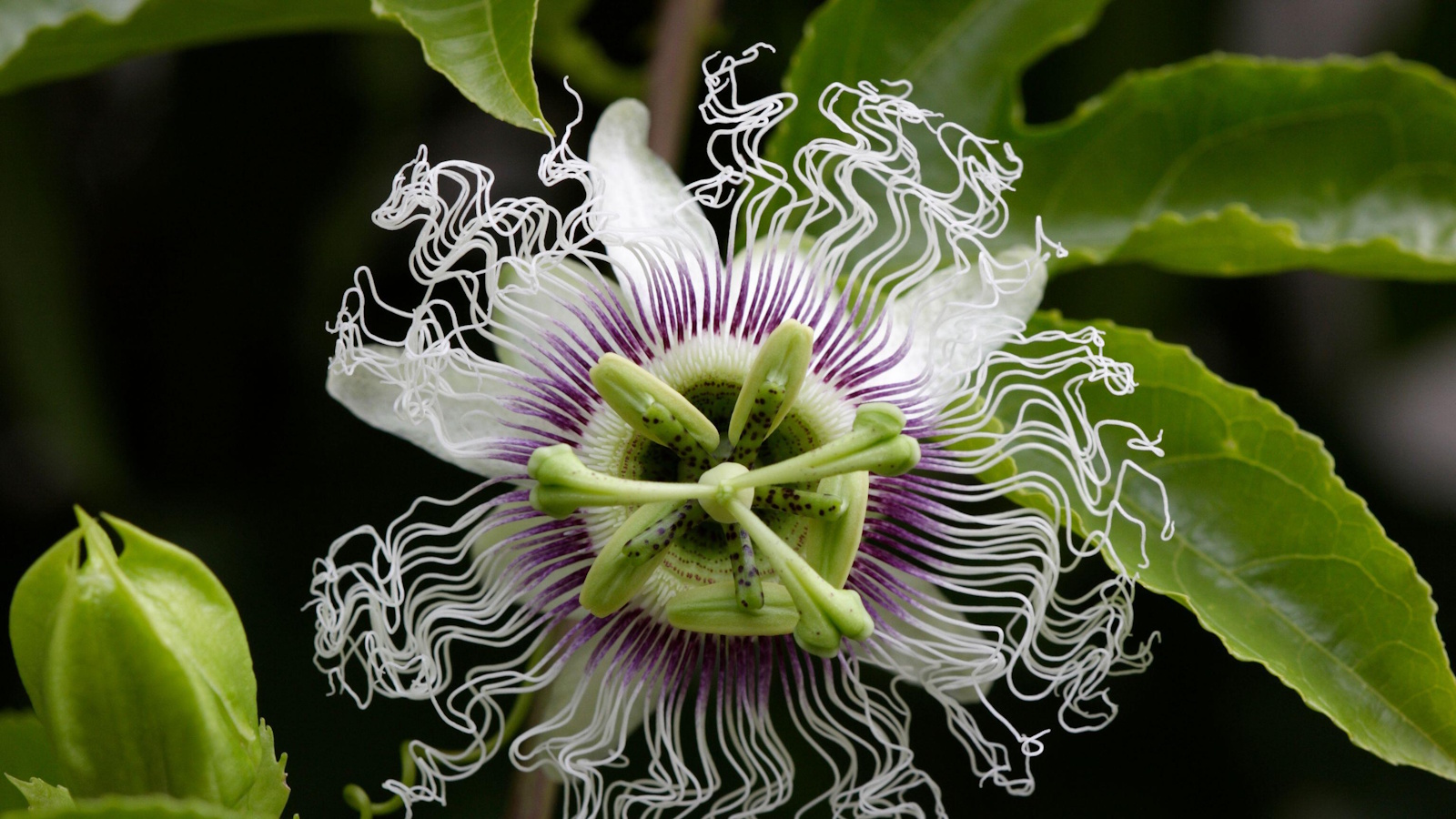

Passion flowers have long been popular plants grown in front and backyards, but did you know you can also grow them indoors?
Passion flowers are native to tropical regions of the Americas, with a preference for heat and humidity, the likes of which you might find in a rainforest. With the right conditions, these exotic plants can thrive in the home, adding a tropical aesthetic to your indoor jungle.
Here, a passion flower breeder reveals how to grow passion flowers indoors, including how to provide proper support for climbers and one common mistake to watch out for. Whether you are looking for a new houseplant or want to experiment by growing an indoor vine, passion flowers are a weird and wonderful plant to try.
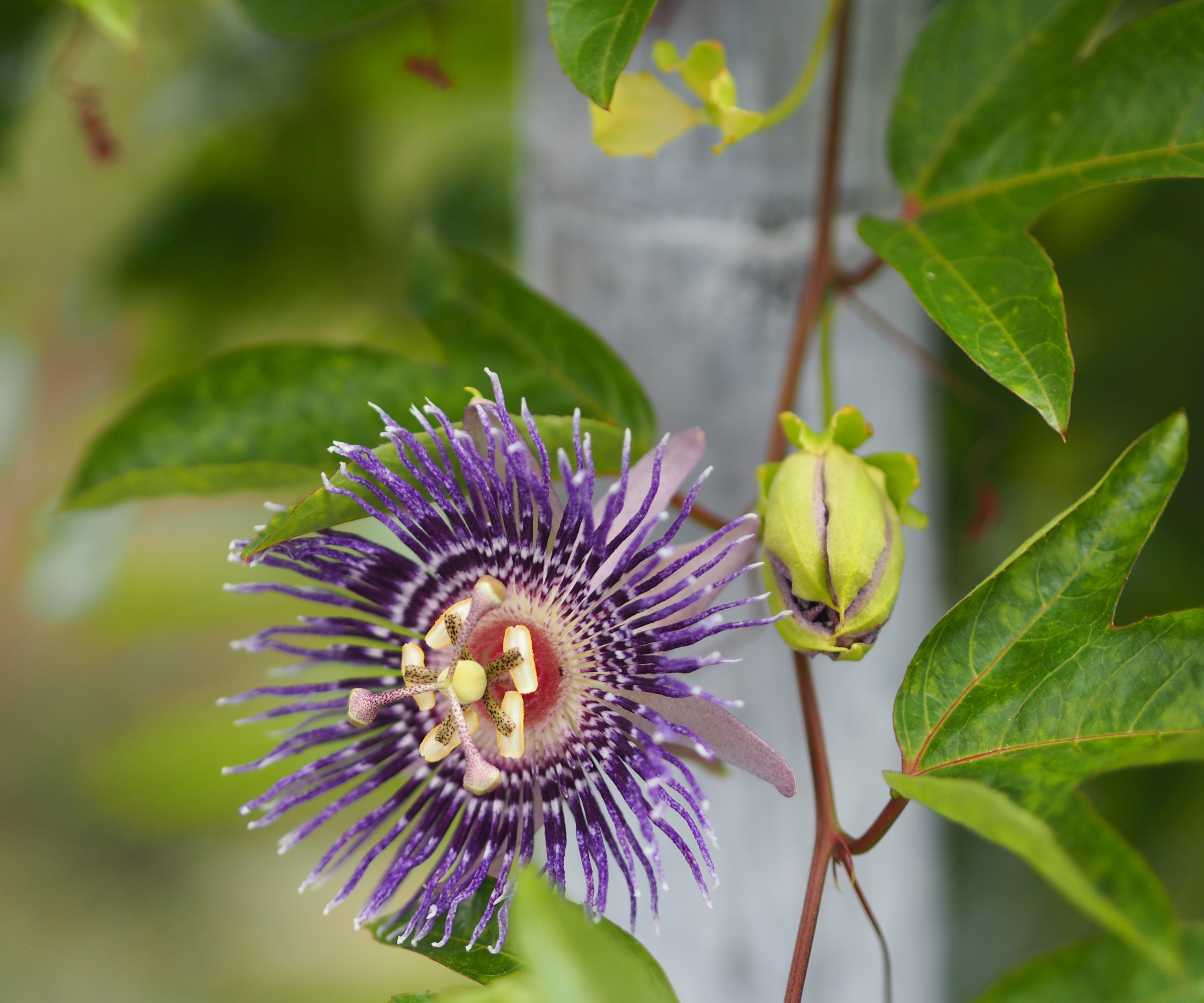
How to grow passion flowers indoors
Passion flowers are sure to elevate your tropical indoor plant collection. These fast-growing climbing plants tend to prefer mild winters in southerly regions, thriving in California, Florida and Costa Rica. However, indoor cultivation means that anyone, regardless of US hardiness zones, can grow them.
While there are over 600 species of passion flower, or Passiflora, that grow worldwide, the best option to try indoors is Passiflora caerulea, otherwise known as the blue passionflower, available online at Amazon. Here are three simple steps to follow when learning how to grow passion flowers indoors.
1. Provide structure and support
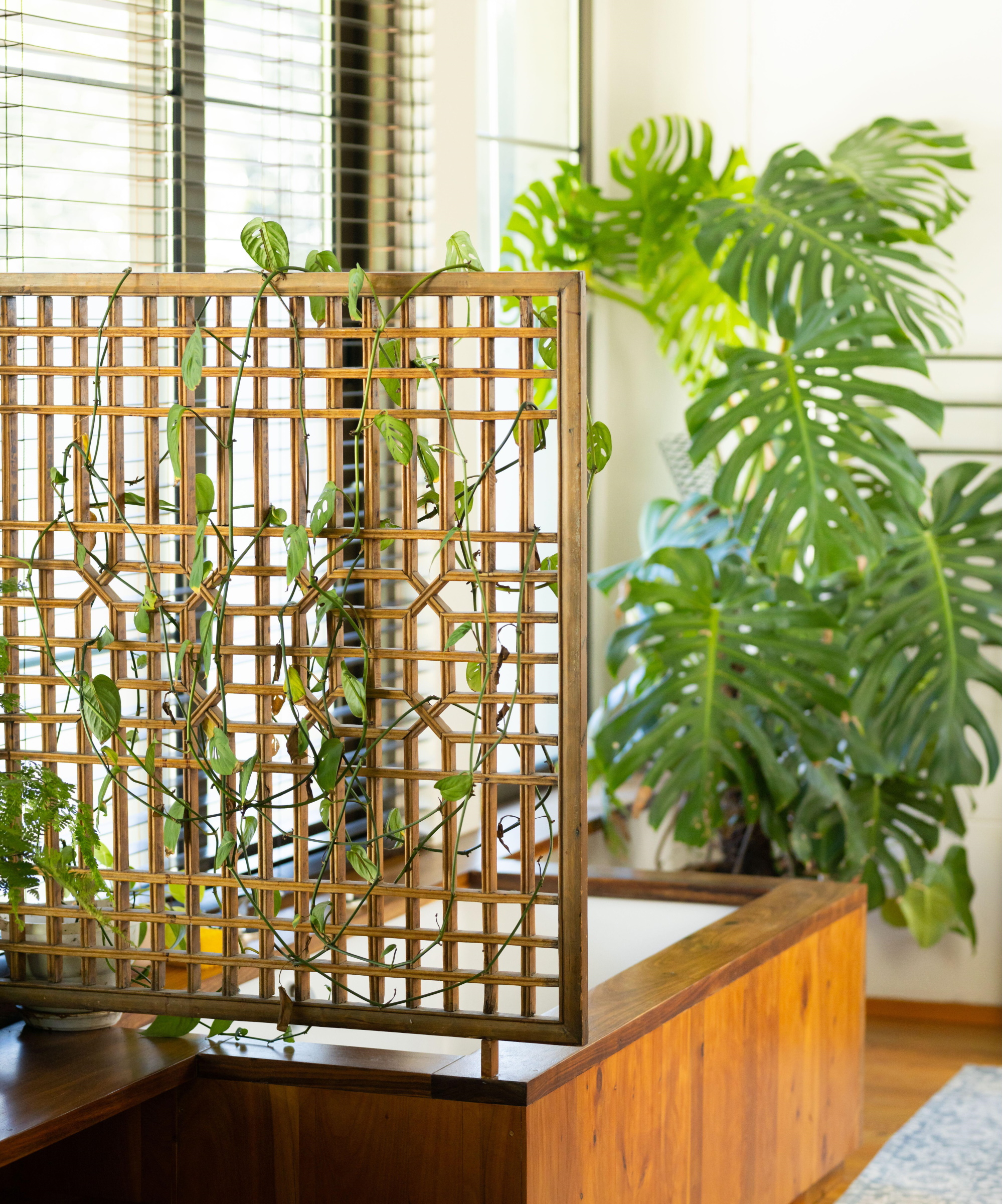
Passion flowers are some of the best climbing plants, but whether they are grown inside or outside, they require support. 'If you want to grow Passiflora indoors, you need a large pot with a trellis, obelisk or tripod of bamboo canes,' says Myles Stewart Irvine, garden expert and passion flower breeder. 'Providing a framework will support your vine and encourage healthy growth.'
There are many different climbing plant support ideas, ranging from unique metal frameworks to simple bamboo trellis, available from Amazon. If you are short on space, consider using wall-mounted wires, or grow your passion flower in a hanging basket and allow the vines to naturally cascade.
It is also a good idea to prune your passion flower in late winter or early spring, while the plant is dormant. Simply remove one-third of the growth to encourage horizontal shoots. This will prevent your plant from becoming too sprawling or leggy.
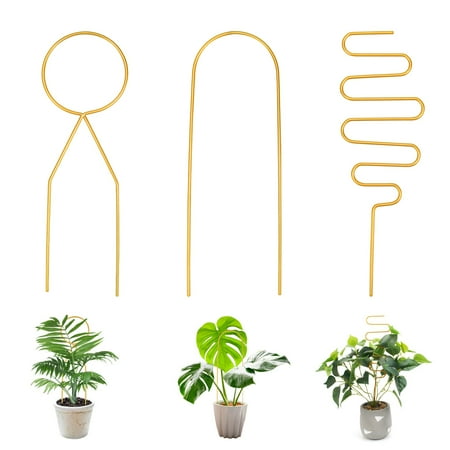
These fashionable metal structures can be inserted into indoor pots, helping to support your passion flowers and encouraging vertical growth.

Myles has been breeding passion flowers since the late 1980s, releasing a number of hybrids since then. He created the Passiflora online site in 2000, and edited the Passiflora online journal. He keeps himself & his neighbors busy with his tropical garden.
2. Provide plenty of light and warmth
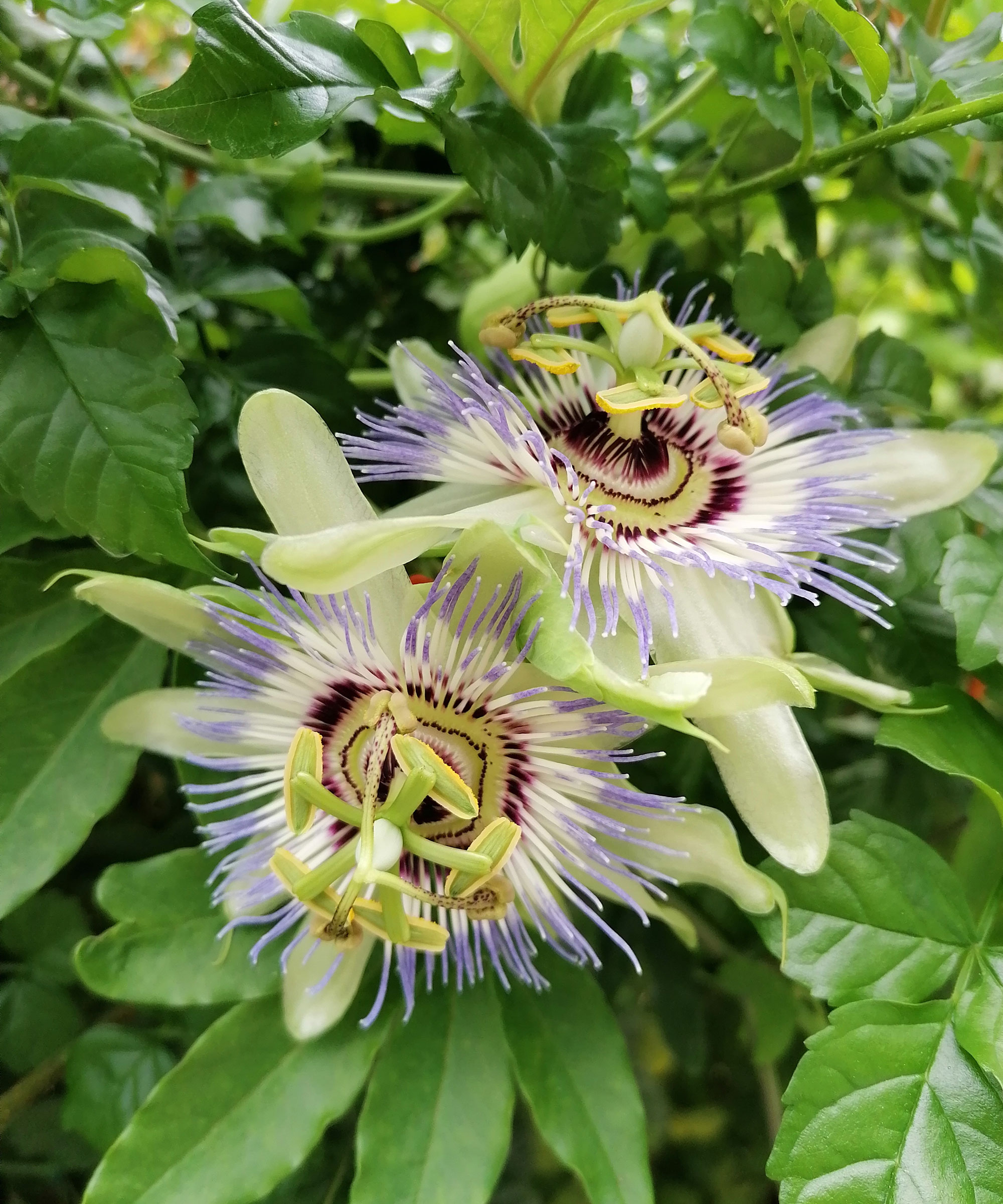
'Growing passion flowers indoors can be done, but getting the lighting requirements right is crucial,' says Myles. 'They grow well in unheated greenhouses, glasshouses and conservatories that get plenty of sun, plus they can even grow in a sunny kitchen window.'
So, when growing indoors, a bright south or west-facing window that enjoys six hours of sunshine should do the job. However, in cooler, northerly regions, such as US hardiness zone 5 or below, you might want to supplement with a grow light. Grow lights are widely available online, like this grow light from Amazon, and can be used on a timer.
'Quite a few enthusiasts grow their plants outdoors in summer and bring them in over winter,' Myles says. 'Many dedicate a room to them with grow lights, although this can be a lot of work for gardeners short on time.'
Finally, keep your indoor plants away from doors or vents, as most dislike cold drafts or frequent frosty blasts during winter when the front door opens and closes. Aim to keep the temperature consistent, somewhere between 65 to 80°F (18 to 27°C) through the winter, certainly no lower than 50°F (10°C).
3. Water sparingly
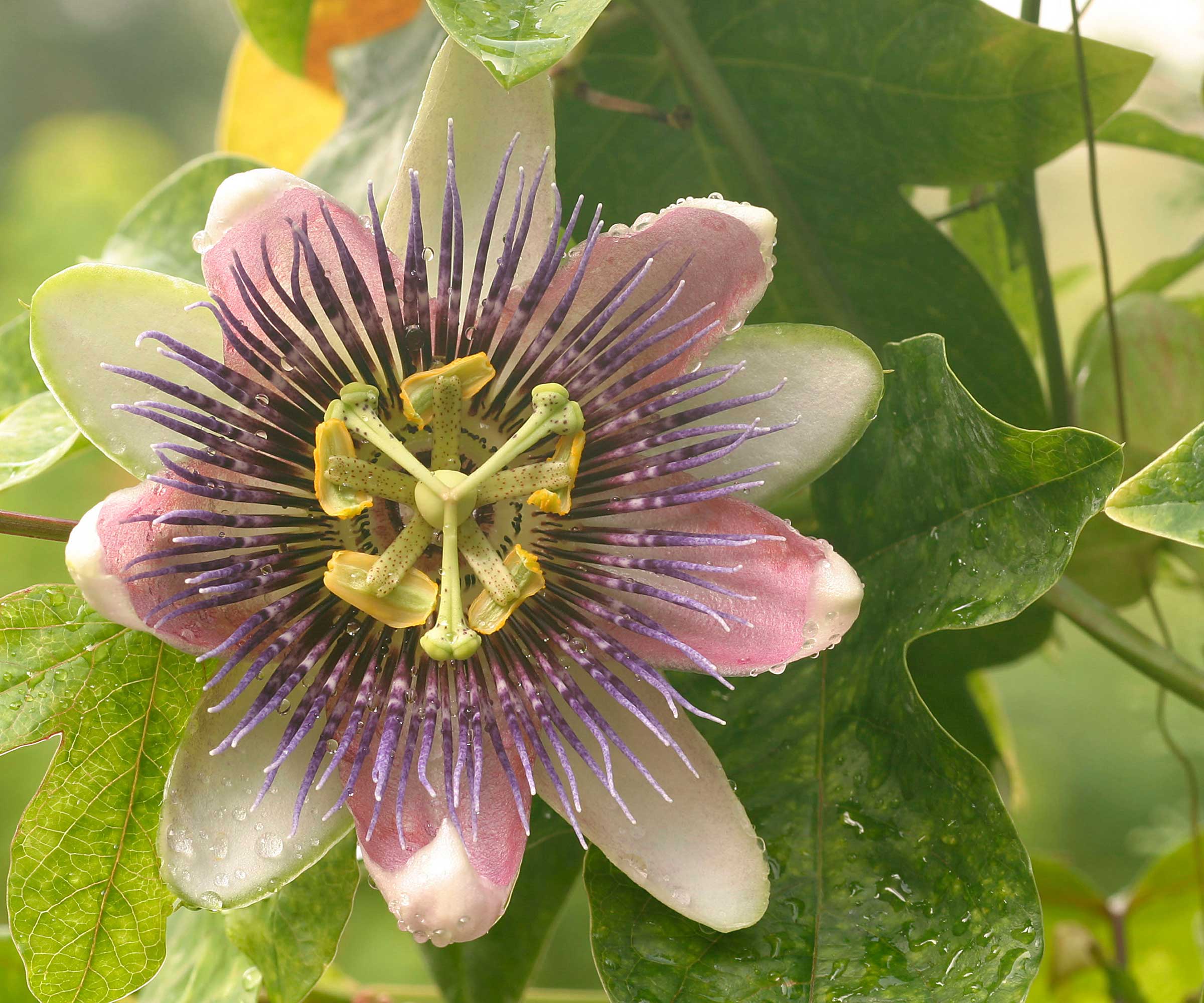
During spring and summer, keep your passion flowers moist, which can mean watering every day during July and August. You can also use this soil moisture meter from Amazon to know when to water.
However, during the winter, you should reduce watering to once every week or every other week. While you do not want them to dry out, you want to prevent your houseplants from sitting in water.
'One of the most common passion flower mistakes when growing indoors is overwatering,' Myles says. 'In the winter, it is terribly easy to kill them with kindness, watering more than is necessary which can cause root rot.'
You also want to maintain moderate humidity, which can be tricky during dry and cool winter months. Misting your plant can help, or try using a pebble humidity tray, available from Amazon, which will also help to improve drainage.
FAQs
Are there any passion flower pests to look out for?
'Mealybugs and spider mites can be a problem when growing passion flowers indoors,' Myles says. If you notice white scales gathering at the leaf joints or spy tiny white bugs on the underside of the leaves, apply neem oil or another horticultural oil which will quickly eradicate any pests. Neem oil is available to order from Walmart.
Will a passion flower plant produce fruits when grown indoors?
For fruit development, pollination is required. Normally, pollination would be done by bees or other pollinators when grown outside. However, when grown indoors, passionflowers need to be hand-pollinated. To do this, use a small paintbrush to pick up the pollen from the anthers of one flower and deposit it to as many of the flower’s stigmas as possible.
Should I move my passion flower outside during summer?
Passionflowers can benefit from being moved outdoors during the summer months. Acclimate your passionflower by moving it outside in late spring, once nighttime temperatures are 50°F (10°C) and above. Position your pot in a location with morning sun and afternoon shade, at least for the first few weeks, which will avoid shocking or scorching the plant. Towards the end of summer, remember to bring your plant back indoors.
'There are many attractive passion flower varieties to grow,' Myles says. 'That said, there are some smaller species like Passiflora citrina which are better suited to indoor cultivation. It is always a good idea to ask at your local plant nursery for advice on shorter and less vigorous passion flowers.'
For more information, see our guide on how to prune passion flowers, to keep your vines happy and healthy this year.
Sign up to the Homes & Gardens newsletter
Design expertise in your inbox – from inspiring decorating ideas and beautiful celebrity homes to practical gardening advice and shopping round-ups.

Thomas is a Content Editor within the Gardens Team at Homes and Gardens. He has worked as a professional gardener for both public spaces and private estates, specializing in productive gardening, growing food and flowers. Trained in Horticulture at the Garden Museum, he has written on gardening and garden history for various publications, including The English Garden, Gardens Illustrated, Hortus, The London Gardener and Bloom. He has co-authored a Lonely Planet travel book, The Tree Atlas, due out in 2024.
You must confirm your public display name before commenting
Please logout and then login again, you will then be prompted to enter your display name.
-
 Kelly Ripa and Mark Consuelos's dining room shelves combine unexpected elements for the ultimate storage solution – it's multi-functional and replicable
Kelly Ripa and Mark Consuelos's dining room shelves combine unexpected elements for the ultimate storage solution – it's multi-functional and replicableGreen shelves in Kelly Ripa and Mark Consuelos' dining room cleverly combine storage to accomplish separate purposes in a pretty way
By Sophie Edwards Published
-
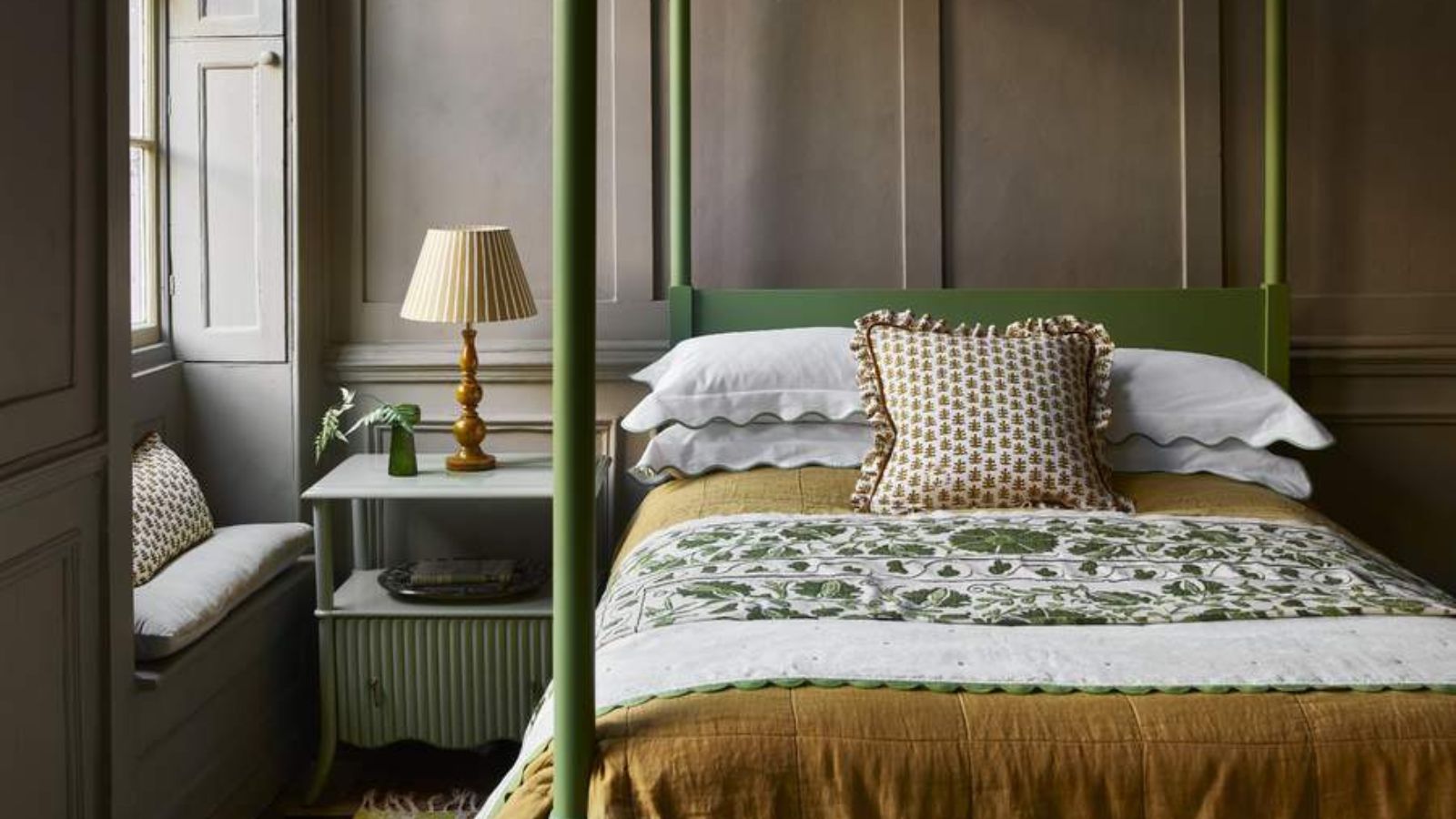 I'm a Sleep Editor – these are the 7 mattress features I think are gimmicks and not worth the spend
I'm a Sleep Editor – these are the 7 mattress features I think are gimmicks and not worth the spendIn my search to find the world's best mattress, I've come across some duds − learn from my mistakes and avoid these mattress gimmicks
By Emilia Hitching Published